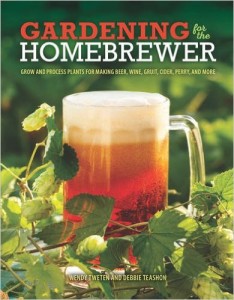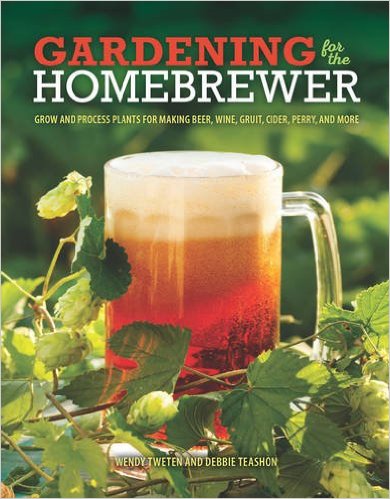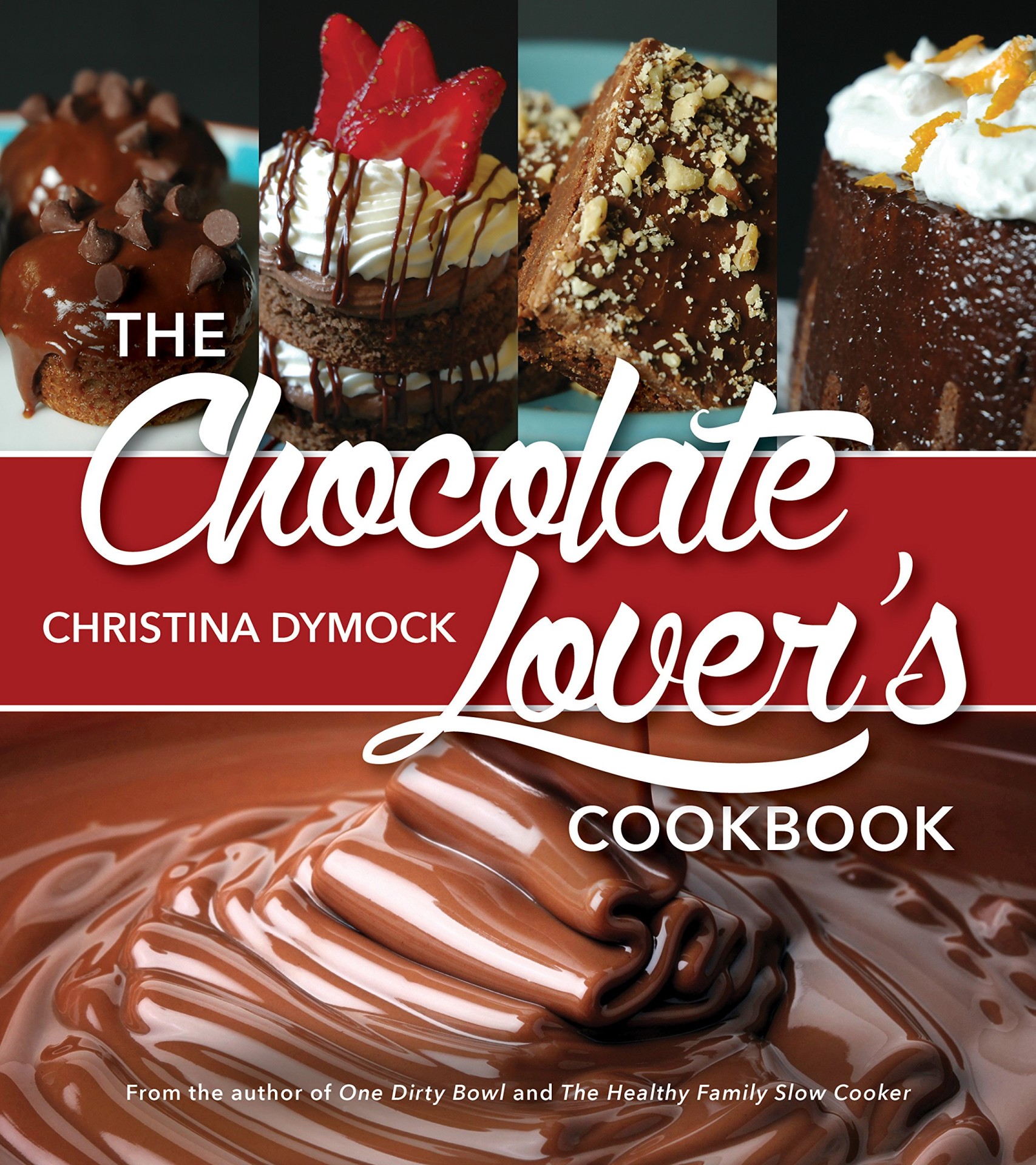Getting to know Perry is the point – a celebration of the wrongly slighted fruit and the alcohol derived from it.
Thanks to modern fermentation artists – the drink is making a comeback. The authors, Wendy Tweton and Debbie Teashon would love to be a source: become a home perrier.
 Gardening for the Homebrewer (Cool Springs Press, Fall 2015) is their new release with a hefty chapter titled: Pity the Pear. The authors delve into the indignity of the pear, its lumping into the apple cider category, and their quest to place dignity where it’s deserved
Gardening for the Homebrewer (Cool Springs Press, Fall 2015) is their new release with a hefty chapter titled: Pity the Pear. The authors delve into the indignity of the pear, its lumping into the apple cider category, and their quest to place dignity where it’s deserved
From the authors:
Perhaps the easiest way to describe perry is by considering what it’s not: Not a wine. Not a hard cider. Real perry is 100% pressed perry pears. Sweeter, smoother and more delicate than cider. True perry is light, complex, and delectable. “It is to pear cider what tenderloin is to cube steak,” says Teashon. True perry does not come from the branches of a Bartlett or Bosc: it comes from perry pears. There’s just no getting around it. Superior perry derives from fruit that you’d never want to bite into.
“Cider is made primarily of apples, so why all the confusion between cider and perry?” says Tweton. “It’s a matter of marketing. Rather than introduce Americans and young consumers to the unfamiliar moniker ‘perry’ – the architects of euphemism have determined that the beverage would go down smoother as ‘pear cider’.”
Tweton argues that a traditional (and excellent) perry is actually more achievable by the homeowner with one good perry tree – than it is for corporations whose drinks are derived primarily from general purpose pears of a mix of pear and apple.
Requires a little study and attention to detail, but “not complicated”. Tweton suggests starting with one perry tree and adding a second at season two for pollination.
Your odds of creating a quality product increase with informed intervention. A more hands-on approach, suggests Tweton. Into every gallon of pear juice, add a Campden tablet for sterilization; a teaspoon of yeast nutrient to boost fermentation; and a teaspoon of pectin enzyme to alleviate the haze that plagues perry. Pick your pears when they snap neatly at the stem joint when lifted and slightly twisted. “Treat your pears with respect,” says Teashon.
“Is it worth it? – Just ask Napoleon,” says Tweton. Napoleon was a perry connoisseur who crowned the beverage, “The champagne of Britain!”
Background:
If cider received little attention in the twentieth century, perry practically disappeared. It was never standard fare in the United States, but even in perry-producing England the drink went into decline as orchards were lost to fire blight and changing fortunes. In just a few decades, dessert pears replaced many perry orchards. Left with mostly sweet pears to work with, aspiring perry producers found their fledgling beverages disappointingly insipid. There’s no denying that perry has been sadly neglected. But things are looking up – it’s on a comeback!
In a Name:
In consequence of their antiquity – (many of today’s perry varieties grew in English orchards 300 years ago), some perry pears bear curious names.
“Consider the Huffcap – which will blow your hat right off your head – due to quality or potency – yours to tell. We can only hope the Tayton Squash is a testament to how perry is made and not a forewarning of the flavor. Not even the most diehard vegan wants a heady Hubbard nose with undertones of zucchini. And Butt – let’s not even speculate,” says Tweton.








